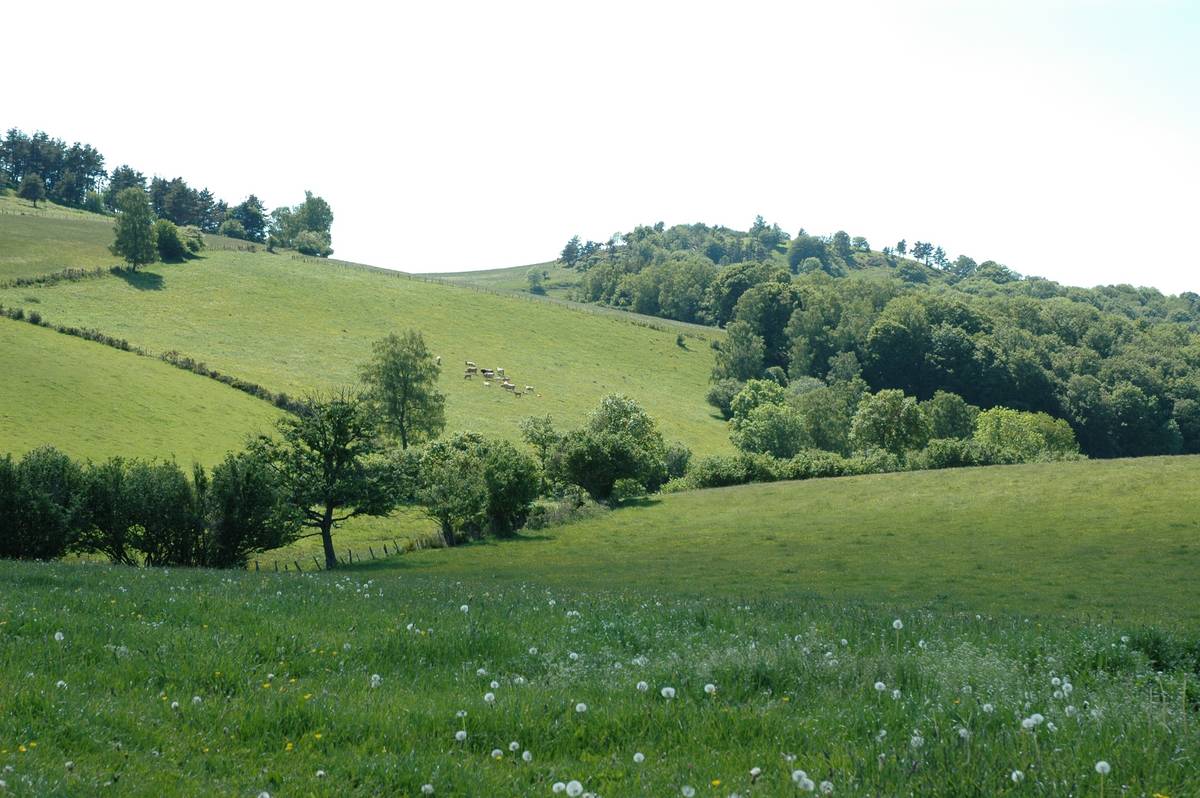Sustainability Impact Assessment: Tools for Environmental, Social and Economic Effects of Multifunctional Land Use in European Regions
Overview

SENSOR was an EU FP6 Integrated Project designed to substantiate the impact assessment process. It brought together 39 research partners from 15 European countries.
Sustainability of land use in European regions is a central point of policy and management decisions at different levels of governance. Implementation of European policies designed to promote and protect multifunctional land use requires the urgent development of robust tools for the assessment of different scenarios' impacts on the environmental, social and economic sustainability in European regions.
For that, the project was based on three key assessment streams:
1. European-wide, indicator-based driving force and impact analysis of land use policy scenarios,
2. region specific problem, risk and threshold assessment making use of spatial reference systems, land use functions and participatory processes,
3. case study based, exemplary sensitive area studies in mountains, islands, coastal zones, post-industrial areas using detailed information on specific sustainability issues, and engaging with stakeholders at the local level.
Target/objective
The aim was to set up an assessment support tool for policies related to land use in European regions. The ‘Sustainability Impact Assessment Tools’ (‘SIAT’) has been designed to support ex ante assessment of new policies on six land use sectors: agriculture, forestry, nature conservation, transport infrastructure, energy and tourism. By integrating cross-sector knowledge at a European level, the project aimed at providing decision makers with scientifically sound information on regional impacts of land uses changes and policy effects on sustainable development.
Approach
The research process addressed different modules:
1. Policy scenarios.
2. Land use models.
3. Impact indicators.
4. Spatial reference framework.
5. Thresholds and targets.
6. Sensitivity analysis.
7. Data and indicator management.
8. Sustainability Impact Assessment Tools.
9. Transferability test.
SENSOR architecture was based on the EEA’s Driver-Pressure-State-Impact-Response framework. The framework was implemented both in a quantitative modelling approach (‘SIAT’) and a fully qualitative participatory approach (Framework for Participatory Impact Assessment ‘FoPIA’).
For each policy area, the outputs of the tool were validated with local stakeholders in six regions throughout Europe, and a methodology for future stakeholder engagement was developed for use alongside the tool. As additional policy areas become modelled within SIAT, it will be of value to an increasing range of policymakers as a decision-support tool, but also as a ‘discussion-support’ tool by providing a common platform for critical engagement between policymakers and stakeholders. In doing so, SIAT may help to identify potential conflicts between interest groups, and resolve them at the policymaking stage rather than 10 years down the line.
Results
SENSOR was finalised in May 2009. It developed a broad view across policy arenas and land use sectors, and simulated ex ante impacts of fundamental changes of policy orientation, such as the complete redirection of Common Agricultural Policy financial support towards research and development. SENSOR quantitative multi-modelling tool (‘SIAT’) include databases and spatial reference frameworks for the analysis of land and human resources in the context of land use policies for Europe, and provides prospective scenario assessment across sectors and sustainability dimensions. The SIAT is spatially explicit and includes the valuation of simulated environmental, social and economic effects in terms of sustainability impacts. Especially, a CAP financial reform (100% cut of 1st pillar measures) policy scenario has been simulated, and ex ante impacts of financial re-allocation (tax rebate or reinvestment in research and development) have been assessed. In this policy scenario, agricultural area will decrease up to 2.5% (see maps below); it depends on each country if this is significant or not. The FoPIA complements SIAT with qualitative approaches; if run in conjunction with the SIAT, it will present a much more complete ex ante impact assessment.
The project has been extended to Mercosur and China (‘SENSOR TTC’), where the transferability of methodological concepts such as the technical implementation of SIAT has been tested.
Website
Name of funding organisation
European Commission, Sixth Framework Program, Integrated Project, Priority "Global Change and Ecosystems" (2004-2009)
Contacts of project leader
Dr. Katharina Helming, Scientific coordinator, Leibniz-Centre for Agricultural Landscape Research (ZALF), (+49) 33432 82155, sensor@zalf.de